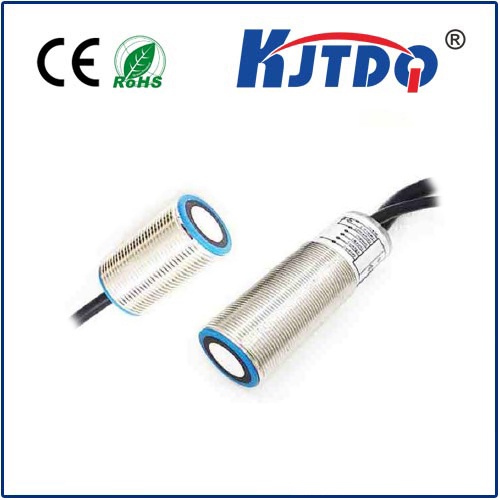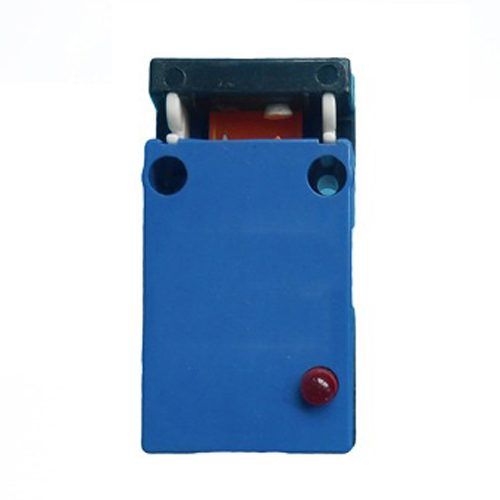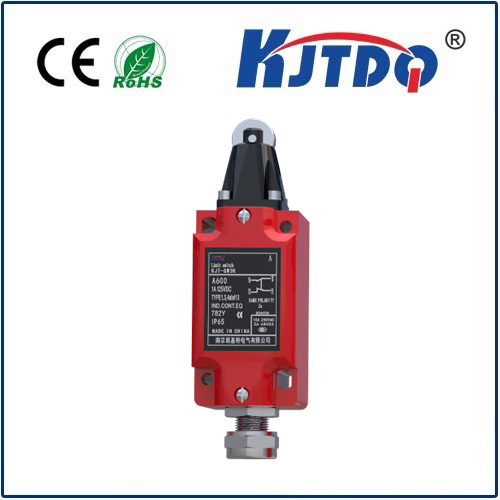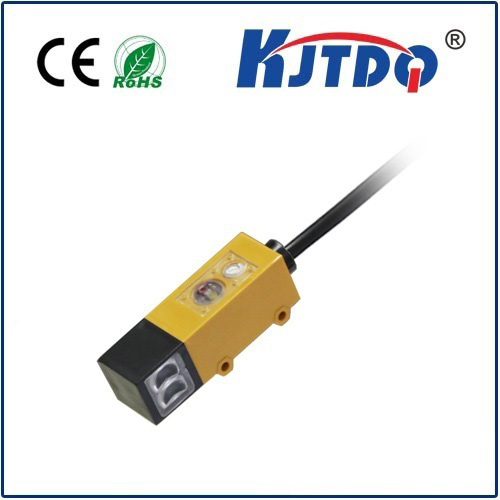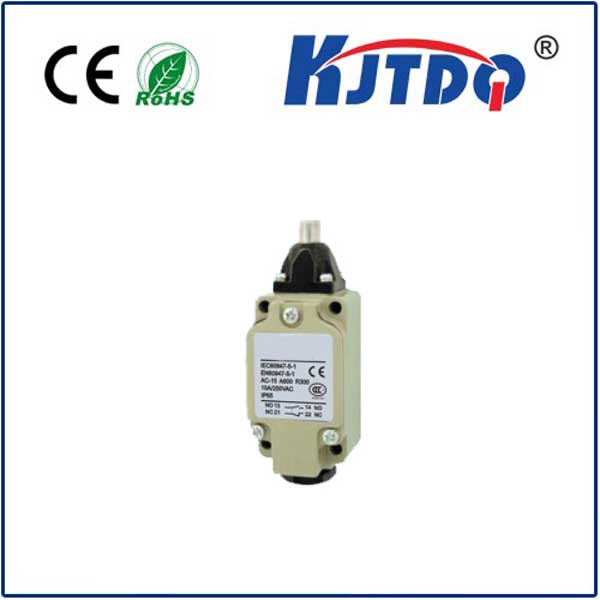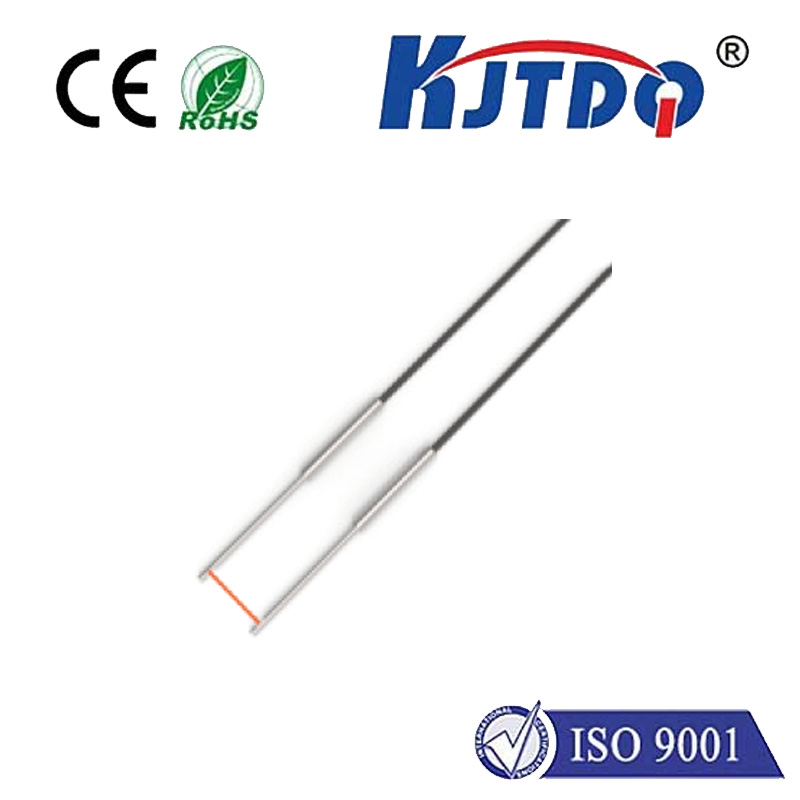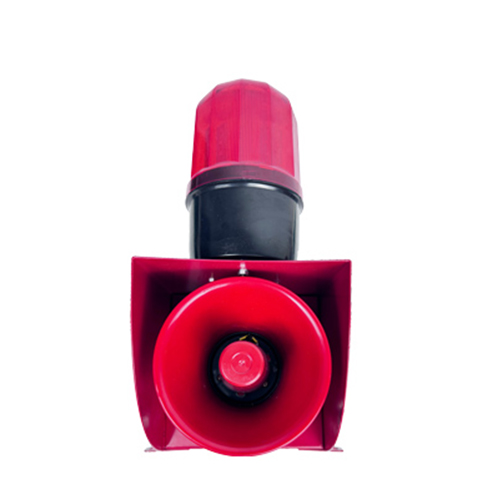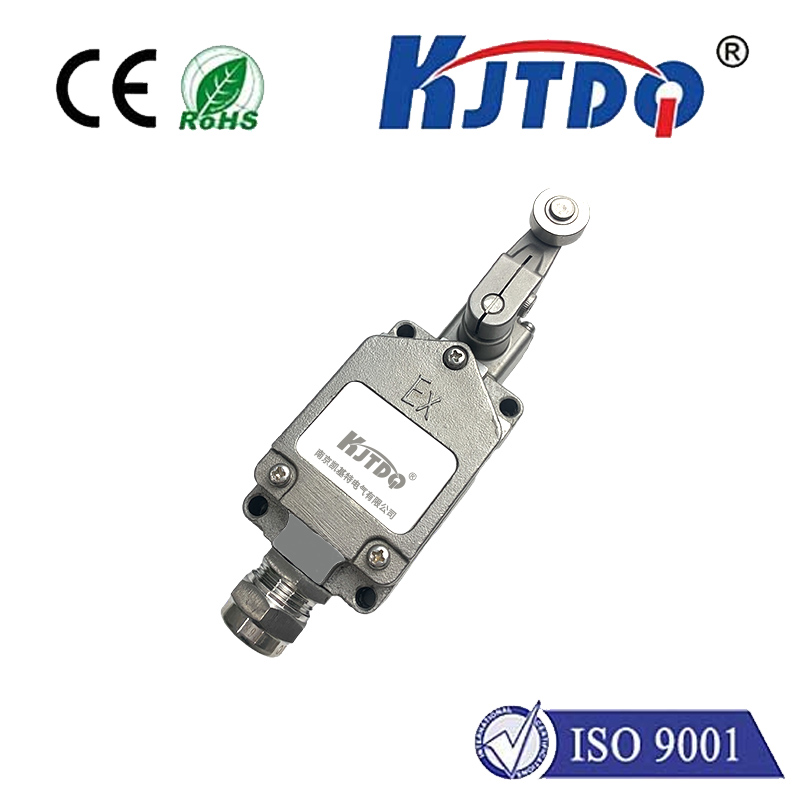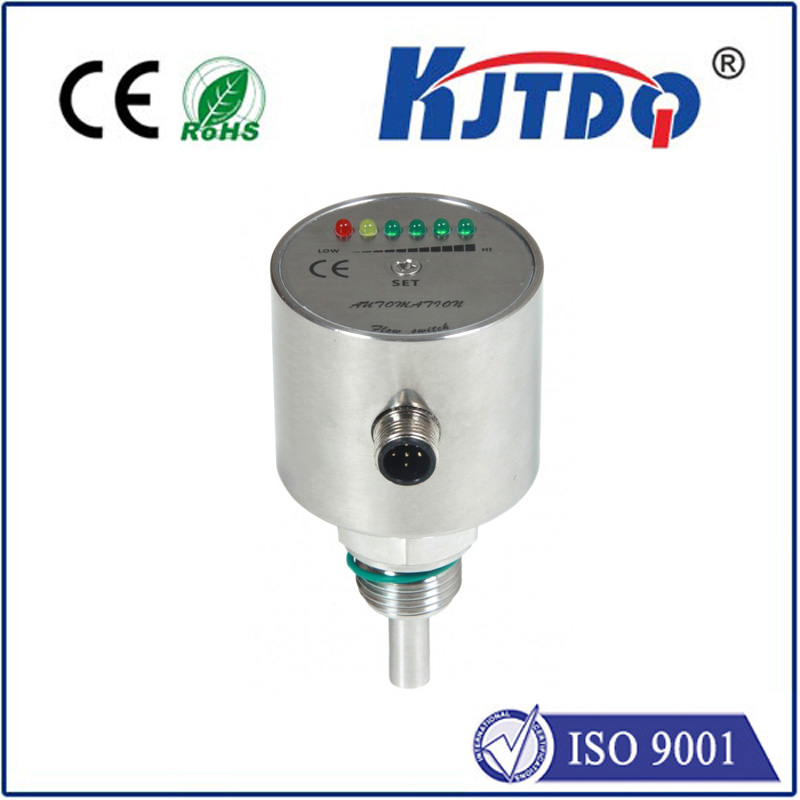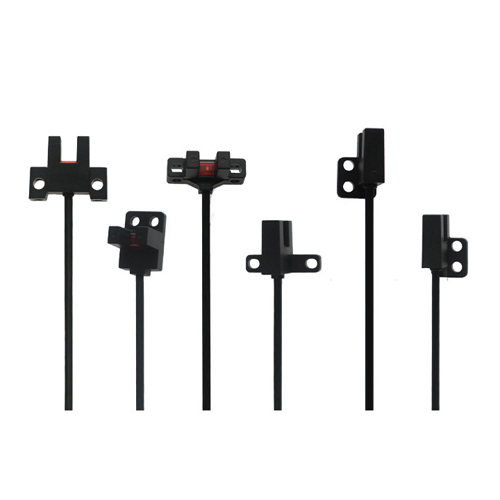digital thermal sensor
- time:2025-08-23 02:15:56
- Click:0
The Digital Thermal Sensor: Precision Temperature Measurement for the Modern World
Have you ever wondered how your smartphone knows when to throttle its processor to prevent overheating? Or how industrial machinery avoids catastrophic failure from excessive heat? Or even how your smart thermostat maintains the perfect room temperature? The unsung hero behind these critical functions, and countless others, is the digital thermal sensor. These sophisticated electronic components are the cornerstone of modern temperature monitoring and thermal management systems, transforming invisible heat into precise, actionable digital data.
Understanding the Digital Thermal Sensor
At its core, a digital thermal sensor is an electronic device designed to measure temperature and provide that information directly in a digital format. Unlike traditional analog temperature sensors (like thermocouples or RTDs in their raw form), which produce a varying voltage or resistance that needs external circuitry to interpret, digital thermal sensors incorporate the sensing element and the necessary analog-to-digital conversion (ADC) circuitry on a single integrated circuit (IC). This integrated approach means they output temperature readings directly as binary data, ready for microcontrollers, processors, or communication buses to utilize immediately.
Why Digital Thermal Sensing is Crucial
Accurate and reliable temperature monitoring is fundamental across virtually every sector:

- Safety: Preventing overheating in electronics (CPUs, GPUs, batteries), industrial equipment, and electrical systems is paramount to avoid fire hazards and equipment damage.
- Efficiency: Optimizing energy consumption in HVAC systems, industrial processes, and appliances relies heavily on precise temperature feedback.
- Performance: Maintaining optimal operating temperatures ensures electronic components function within specification, maximizing speed, lifespan, and reliability.
- Comfort & Control: Creating and maintaining desired environmental conditions in homes, offices, vehicles, and medical settings requires constant temperature sensing.
- Data Integrity: In scientific research, medical diagnostics, and food safety, precise temperature measurement is non-negotiable.
Pervasive Applications: Where Digital Thermal Sensors Shine
The versatility of digital thermal sensors makes them ubiquitous:
- Consumer Electronics: Monitoring CPU/GPU temperature in laptops, smartphones, tablets, and gaming consoles for dynamic performance and fan control. Ensuring safe charging and operation of lithium-ion batteries.
- Industrial Automation: Overseeing motor temperatures, process control environments (ovens, chillers), and machinery health to prevent downtime and ensure process consistency.
- HVAC & Building Management: Smart thermostats, climate control systems, and air quality monitors rely on these sensors for efficient heating, cooling, and ventilation.
- Automotive: Monitoring engine coolant, cabin temperature, battery packs (especially in EVs), and electronic control units (ECUs) is critical for vehicle performance, safety, and passenger comfort.
- Medical Devices: Ensuring precise temperature in patient monitors, diagnostic equipment, incubators, and wearable health trackers is vital for patient safety and accurate results.
- IoT & Wearables: Enabling environmental monitoring (weather stations, smart home sensors) and personal health tracking (body temperature monitors) in compact, low-power devices.
- Data Centers: Intensely monitoring server rack intake/exhaust temperatures and individual component heat is essential to prevent thermal overload and ensure uptime.
Core Technologies Inside
The magic of a digital thermal sensor lies in its integrated design:
- Sensing Element: The heart of the sensor. Common types include:
- Silicon-Based Sensors: Utilize the predictable change in the voltage across a PN junction (diode) with temperature. Highly linear and cost-effective for many applications.
- Thermopiles: Detect infrared radiation (IR) emitted by objects, enabling contactless temperature measurement. Ideal for measuring surface temperatures (e.g., industrial processes, human body temperature scanners).
- Micro-Electro-Mechanical Systems (MEMS): Tiny, highly sensitive structures often used in thermopiles for compact non-contact sensing.
- (Less common on-chip) Resistance Temperature Detectors (RTDs) or Thermistors: While typically external, some advanced digital sensors integrate interfaces optimized for these highly accurate analog sensors.
- Analog-to-Digital Converter (ADC): This critical component converts the small, analog electrical signal generated by the sensing element (voltage, current) into a precise digital value representing the temperature.
- Signal Conditioning & Calibration: Dedicated circuitry amplifies the weak sensor signal, corrects for non-linearities, and applies factory calibration coefficients. This ensures high accuracy and stability over the operating range.
- Digital Interface & Logic: The processed digital temperature value is made accessible via standardized communication protocols like I2C, SMBus, SPI, or sometimes simple pulse-width modulation (PWM) or single-wire protocols. On-chip logic handles communication and configuration (e.g., setting measurement resolution, alert thresholds).
Key Advantages Driving Adoption
The shift towards digital thermal sensors is driven by compelling benefits over older analog solutions:
- Simplified Design: Integration eliminates the need for complex external signal conditioning circuits and high-precision ADCs, simplifying PCB design and reducing component count.
- Improved Accuracy & Resolution: Factory calibration compensates for sensor variations, delivering higher out-of-the-box accuracy. Digital outputs support high resolutions (e.g., 0.0625°C).
- Noise Immunity: Digital signals transmitted over standard buses (I2C, SPI) are inherently more resistant to electrical noise over distance compared to small analog voltage signals, leading to more reliable readings.
- Direct Microcontroller Interface: The digital output seamlessly connects to microcontrollers or processors without needing additional ADC channels, streamlining system architecture.
- Advanced Features: Many digital sensors offer integrated functionalities like programmable temperature alert thresholds (thermostatic control), non-volatile memory for settings, unique device addresses (for multi-sensor systems), and very low power consumption modes crucial for battery-powered devices.
- Cost-Effectiveness: While unit cost can be higher than a basic thermistor, the total system cost is often lower due to reduced component count and simplified design/calibration processes.
Trends and Future Directions
The evolution of digital thermal sensor technology focuses on:
- Miniaturization: Shrinking package sizes (e.g., wafer-level chip-scale packages - WLCSP) for space-constrained wearables and IoT devices.
- Enhanced Accuracy & Speed: Continuous improvements in sensing elements, ADC resolution, and signal processing algorithms for faster response times and even greater precision.
- Lower Power Consumption: Crucial for pervasive sensing in battery-powered and energy-harvesting applications. Advanced ultra-low-power sleep modes are becoming standard.
- Multi-Sensing & Integration: Combining temperature sensing with other parameters like humidity, pressure, or gas concentration on a single chip for comprehensive environmental monitoring.
- Smart Sensors & Edge AI: Incorporating more local processing capabilities to perform basic analytics or pattern recognition directly on the sensor chip.
- Contactless Proliferation: Increasing adoption of non-contact infrared (IR digital thermal sensors) for industrial automation, condition monitoring, and medical applications.
digital thermal sensors have fundamentally transformed temperature measurement from a complex analog task into a manageable digital data stream. Their integration, accuracy, ease of use, and feature set make them indispensable in our increasingly connected and temperature-sensitive world. As technology pushes towards smaller, smarter, and more efficient solutions, these sophisticated sensors will continue to be vital enablers, ensuring the precision and reliability demanded by modern electronics and systems across every industry. Their role in






